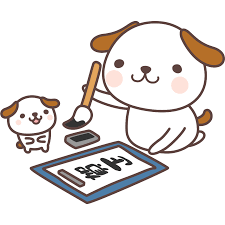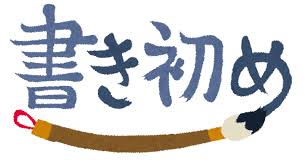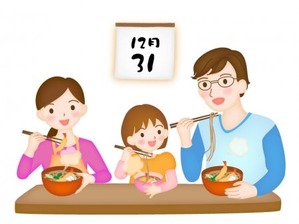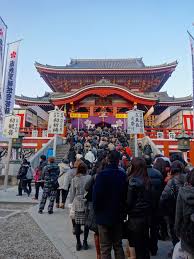Kakizome(書き初め): The first calligraphy of the year
 "Kakizome" is the first calligraphy writing of the New Year. We write auspicious words such as "Kibo" (hope) and "Haru" (spring) on Kakizome with a brush.
"Kakizome" is the first calligraphy writing of the New Year. We write auspicious words such as "Kibo" (hope) and "Haru" (spring) on Kakizome with a brush.
「書き初めは新年に初めて墨と筆で文字を書くことです。筆で「希望」や「春」といった縁起のよい文字を書きます。」


【書き初め・書道セットを英語で書こう!】

★硯(すずり):inkstone
★筆(ふで):brush
★半紙(はんし):Japanese writing paper
★墨(すみ):India ink
★文鎮(ぶんちん):paperweight

「書き初めは新年に初めて墨と筆で文字を書くことです。筆で「希望」や「春」といった縁起のよい文字を書きます。」

Kakizome is to practice calligraphy with Japanese brushes and ink for the first time in the year. It is customary to do it on January second. People enjoy writing their own favorite Chinese characters, words or phrases, facing the lucky direction of the year. Some people write their New Year resolutions. Writing rallies of Japanese calligraphy are held nationwide during the New Year holiday.「書き初めは新年に初めて墨と筆で文字を書くことです。正月2日に行うのが慣例です。その年の吉方(えほう)を向き、好きな漢字や言葉、文字を書くのを楽しみます。新年の目標を書く人もいます。正月休み中には書き初め大会が全国各地で開かれます。」(英語で日本文化を紹介する)

【書き初め・書道セットを英語で書こう!】

★硯(すずり):inkstone
★筆(ふで):brush
★半紙(はんし):Japanese writing paper
★墨(すみ):India ink
★文鎮(ぶんちん):paperweight



